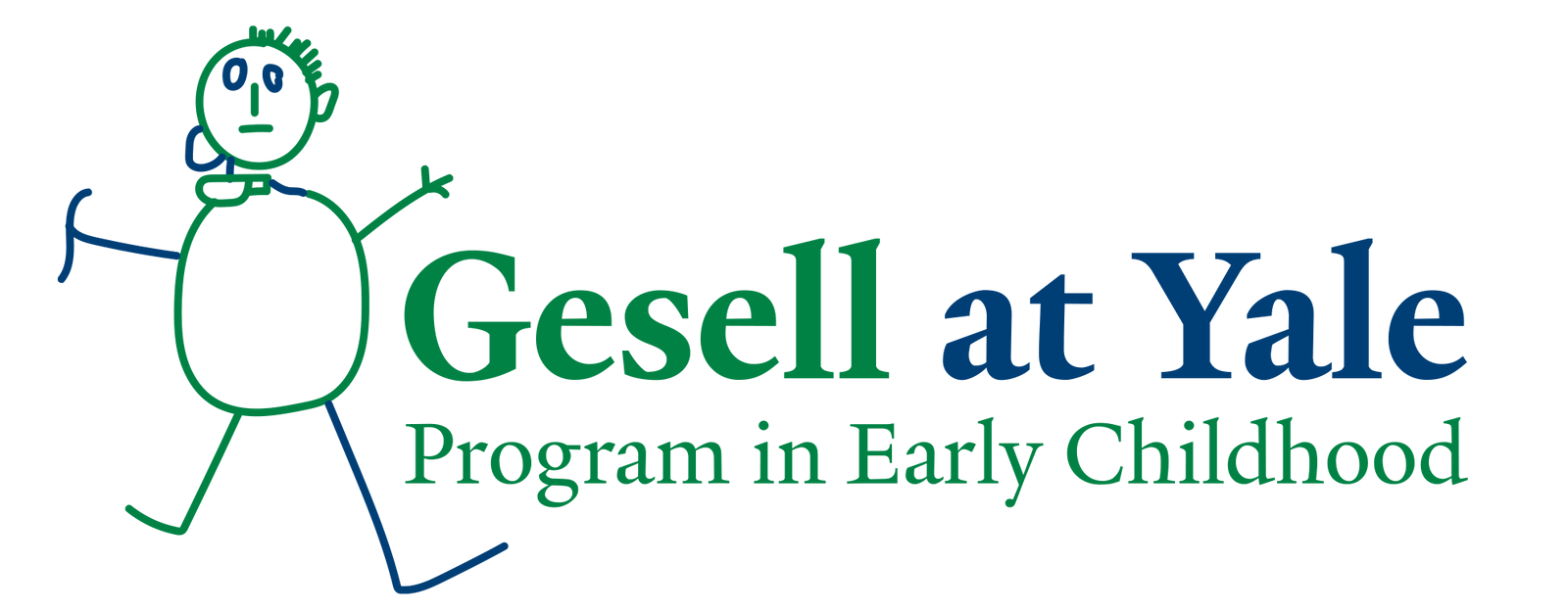Peg Oliveira, PhD
Executive Director
 There is nothing like the injustice of having to share a favorite toy or interrupt a perfect play session. Reactively, the young brain can, in a flash, ignite with emotion. We’ve all been around a child with a brain on fire; seeming to act without thinking. Unreasonable and incapable of stopping but with no discerning end game. It’s annoying, to say the least, to have our ever so rational question “Why did you hit her?” or our demand to “Stop it or else!” be met with more fury; or go unnoticed. The key to thwarting an outburst is to soothe the fire in the impulsive parts of the brain and get the cool headed thinking brain back in charge. Until then, the best rewards and the worst punishments are powerless against the inertia of a meltdown. The brain on fire is not a listener. And problems can’t be solved from that state.
There is nothing like the injustice of having to share a favorite toy or interrupt a perfect play session. Reactively, the young brain can, in a flash, ignite with emotion. We’ve all been around a child with a brain on fire; seeming to act without thinking. Unreasonable and incapable of stopping but with no discerning end game. It’s annoying, to say the least, to have our ever so rational question “Why did you hit her?” or our demand to “Stop it or else!” be met with more fury; or go unnoticed. The key to thwarting an outburst is to soothe the fire in the impulsive parts of the brain and get the cool headed thinking brain back in charge. Until then, the best rewards and the worst punishments are powerless against the inertia of a meltdown. The brain on fire is not a listener. And problems can’t be solved from that state.
Three basic parts of the brain, identified in the 1960’s by Dr. Paul McLean as the “Triune Brain”, participate in the eruption and can aid in the reduction of challenging behaviors.
- The Reptilian Brain, or old brain, sits at the bottom of our brain at the brain stem. It is responsible for survival, including essential life functions that we don’t even think about like the beating of the heart and breathing, as well as for flight, fight or freeze responses. Actions that arise from the reptilian brain are automatic; we don’t think about or plan them. In normative child development, this part of the brain is well formed at birth.
- The Limbic Brain, or the mammalian brain, wraps around the reptilian brain. It’s main parts are the amygdala, the hippocampus and the hypothalamus. Here memories are recorded along with, importantly, the experience of the memory as positive or negative. It is responsible for most of our emotions, which are for the most part unconsciously produced.
- The Human Brain, or the Prefrontal Cortex (PFC), is at the front of the brain. This part of the brain develops the latest, and isn’t fully formed until late adolescence. As it comes on line it is the game changer. It is responsible for acting, rather than reacting. Here, too, is where Executive Function skills stem. The ability to reason, imagine, problem solve and self regulate are all resources of the PFC.
Early childhood reactivity can be challenging. It is rooted in the adept and more developed lower reptile and limbic brains and while they may seem unreasonable, diving deeper behind the behaviors usually reveals rational, though not effective, reasons. They are ill-informed attempts of the survival drive of the lower brain to re-establish a sense of safety. The goal is to help the lower brain feel safe, and convince it to give control back to the front brain.
 The brain is a survival organ; it’s main job is to keep us alive. The lower brain is fundamental, as it is responsible for all the life giving functions of the organs and for breathing; essentials that we don’t even think about. Additionally, it is programmed to be alert to and remember threats. It’s main job is to hijack control of the whole brain in a moment of danger; and react swiftly. This is useful when we need to pull our hand away from a hot pan or swerve to miss a cat in the road. Ideally, however, once the threat has passed, the lower brain will give control of the wheel back over to the front brain. This is not always the case. The lower brain is not forgiving; once a threat always a threat unless the front brain interrupts to teach us otherwise. As such, stressors or trauma have long lasting impacts on igniting the tenacity of the lower brain to continue to drive our reactivity toward both real and perceived threats. Once ignited, it takes work to convince the lower brain to stand down and until it does, there is little hope of engaging the more rational front brain.
The brain is a survival organ; it’s main job is to keep us alive. The lower brain is fundamental, as it is responsible for all the life giving functions of the organs and for breathing; essentials that we don’t even think about. Additionally, it is programmed to be alert to and remember threats. It’s main job is to hijack control of the whole brain in a moment of danger; and react swiftly. This is useful when we need to pull our hand away from a hot pan or swerve to miss a cat in the road. Ideally, however, once the threat has passed, the lower brain will give control of the wheel back over to the front brain. This is not always the case. The lower brain is not forgiving; once a threat always a threat unless the front brain interrupts to teach us otherwise. As such, stressors or trauma have long lasting impacts on igniting the tenacity of the lower brain to continue to drive our reactivity toward both real and perceived threats. Once ignited, it takes work to convince the lower brain to stand down and until it does, there is little hope of engaging the more rational front brain.
To put out the fire in the lower brain, bring challenging behaviors to a swift end and develop self regulation skills along the way, first attend to the need for safety that the lower brain is reacting to, with vigor. Dan Siegel recommends the following four S’s:
- Soothe: Start by dealing with the emotion, not the behavior. Try a breathing exercise (for the child as well as for you!) to calm the reactive lower brain.
- Seen: Honor that the emotion is real by acknowledging and empathizing. State the obvious like, “It looks like it makes you really mad to have to share that ball.”
- Safe: Make physical space for the child to safely have the emotion and time for the emotion to be fully experienced. Remind the child that emotions are acceptable, though some behaviors may not be, and that we all have them. Explain how some challenging behaviors aren’t allowed because they make it unsafe for all children, and that you are there to keep them safe. Don’t do anything reactive that will frighten the child.
- Secure: Be there during the challenging behavior and corresponding emotions; and after. Remind them it will all be ok. Do not punish with disconnection or ignoring practices that shame the child. Help develop an internalized sense of connection and well-being.
Finally, the challenge to our own brains, in dealing with reactive and seemingly irrational early childhood behaviors, can not be ignored. If impulsively, we join the child in responding from our lower brain, then we have little hope of getting the child’s front brain back in the driver’s seat. First making space to deal with our own challenging emotions, taking a deep breath, and soothing the fires of the lower brain will enable us to respond empathically and rationally and be interested in the underlying needs behind the behaviors.
Resources
Siegel, D.J. The Whole Brain Child: 12 Revolutionary Strategies to Nurture Your Child’s Developing Mind.
